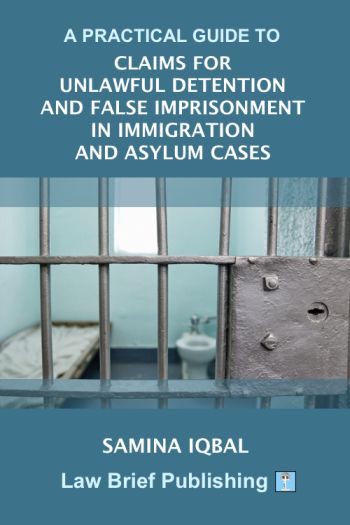
The terms “unlawful detention” and “false imprisonment” are often used interchangeably. Unlawful detention is commonly used to determine, in the context of immigration cases, whether the Secretary of State has acted without valid legal authority to detain an individual. However, false imprisonment refers to a situation under common law, which gives rise to a civil claim for damages. It is a strict liability tort and no demonstrable loss is needed to establish this. For the purposes of this guide the term unlawful detention will be used more generally. This guide will explore the mechanics of bail and where bail is refused, how to secure through judicial review if there has been an assessment that detention may be unlawful. In addition, where there is historic period of detention, this guide will look at how best to start a civil claim in the civil courts.
This guide will also help practitioners to navigate through the law and policies on detention and the important common law principles that have developed over time, to limit detention. These are now known as ‘Hardial Singh principles’. It hopes to provide some clarity on how to make an assessment as to the level of damages available and whether such a claim should be pursued if only ‘nominal damages’ are available.